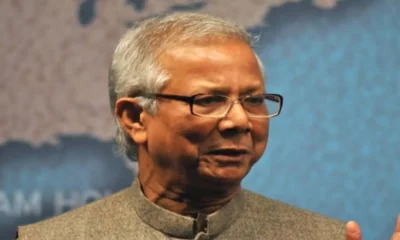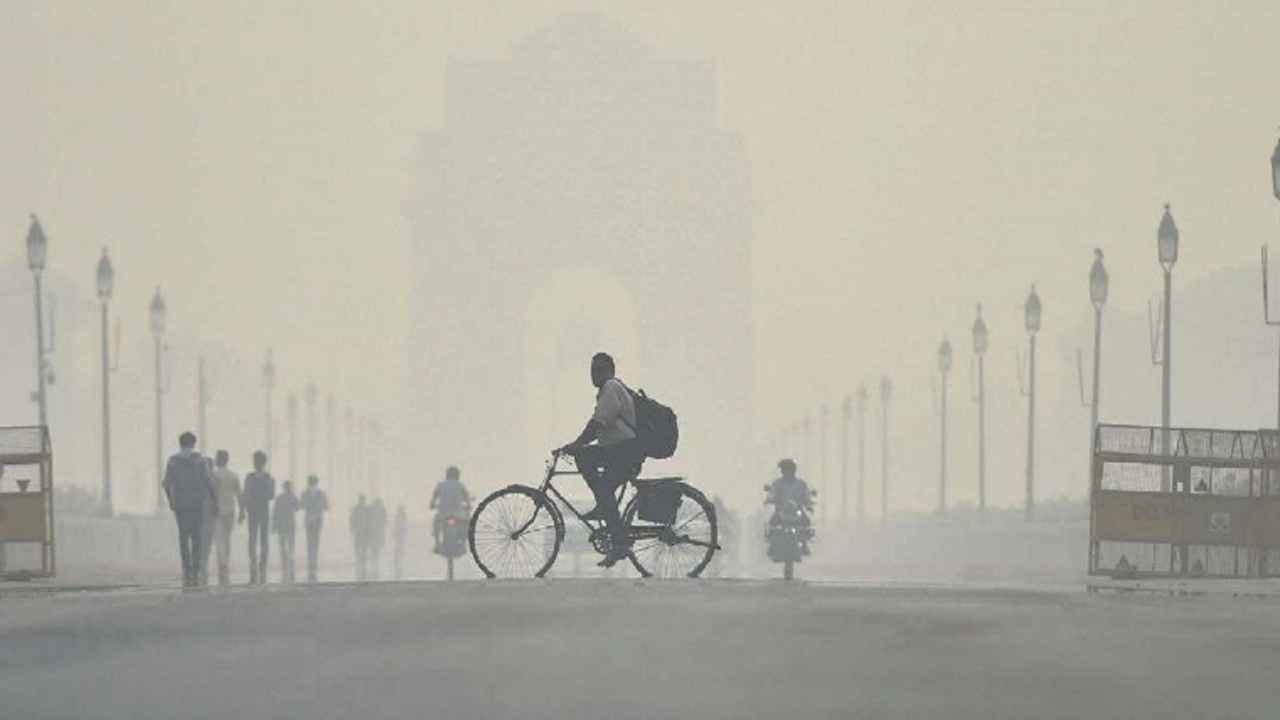In 2017, India was positioned 130 in human improvement out of the world’s nations, placing the nation on the medium level concerning human turn of events. This position is because of approaching obstructions that keep young girls from equivalent admittance to India’s scholarly chances. By offering more to young ladies’ training, India’s positioning would improve as it would assist with lightening some neediness. This article presents the main 10 realities about young girls’ training in India.
10 Facts About Girls Education in India
The station framework, going back to 1200 BCE, is a type of segregation that had been authoritatively prohibited in 1955; notwithstanding, its impact flourishes in India’s cutting edge training framework. On the head of the framework is a gathering called the Brahmins, and at the base are Dalits (“untouchables”). This strategy has kept numerous Dalit young ladies separated from promising educational undertakings. These youngsters are frequently from their companions isolated during noon and mocked by them in class. This way of talking makes 51 percent of Dalit youngsters drop out of grade school. Another law passed in 1989 should secure the Dalit rank, however it isn’t in effect adequately implemented.
Sex disparity has discouraged instruction for young Girls in India for quite a while. In 2017, 32 percent of young ladies were not taken a crack at school in contrast with 28 percent of young men. Male’s instruction in India is more esteemed, subsequently; it is regularly observed as superfluous to monetarily uphold a young lady’s training because of these coupling sexual orientation jobs.
In ruined towns where schools are out of reach and not supported, sexual orientation jobs lead to 33% of young ladies in India offering their instructive fates. As high as 47 per cent of the young Girls in India are dependent upon marriage by 18 years old. This prompts early pregnancies, which makes it difficult to go to class as they should bear the shame and the extra outstanding burden. A few locales likewise don’t allow pregnant young ladies to go to class, which puts instruction much further from their grip.
In 2009, the Right to Education Act (RTE), ordered that it is the privilege of each youngster to acquire a base measure of instruction. The program should make it obligatory for youngsters ages 6 to 14 to get to instructive open doors as more arrangements were sanctioned. This was a positive development, yet more should be never really close the sex hole and retrain society to esteem young Girls’ instruction.
The Right to Education Act in India appears to have improved the nation’s positioning when taking a gander at the development in proficiency rates. In 2001, education rates were 64.8 per cent; be that as it may, this had expanded to 74.04 percent by 2011. Starting at 2001, around 54 percent of young ladies were proficient; be that as it may, after the RTE, the rate had expanded to more than 65 by 2011.
Consistently, 23 million young ladies in India drop out of school after they start discharging because of absence of clean napkin allocators and generally speaking cleanliness mindfulness in schools. Absence of regenerative instruction leaves 71 per cent of young girls unconscious of what happens in their bodies during period. Numerous young ladies even accept that was is going on is “messy” and dishonorable. Indeed, even with mindfulness, absence of clean cushions in rustic regions power young ladies to utilize materials that occasionally cause contaminations; just a few ladies utilize sterile cushions.
In any event 47 per cent of schools need latrines, compelling young ladies to free their substantial waste onto the roads, which is ethically corrupting to them. This is another explanation they drop out of school, to evade this disgrace. RTE included adding latrines to schools to tackle this issue, however it wasn’t sufficient. Thusly, the Department of School Education and Literacy under Ministry of HRD executed a program named, Swachh Vidyalaya, which would add $4,582.91 worth of girls to schools.
In Bihar, where the education rate for young girls is 20 focuses lower than for their male partners, the journey to class is far. For somebody in the Rampur Singhara town, the journey is 4 miles, and the transport admission is too costly to even think about sending the kid to class. Be that as it may, the state government has given free bicycles to families to support a higher proficiency rate in less fortunate locales like Bihar. The bike program in a flash demonstrated accomplishment as the quantity of young ladies enrolling for schools went from 175,000 to 600,000 in the range of four years.
India is growing its viewpoints with innovation to battle lack of education, and it appears to be that ladies are profiting the most. PC Based Functional Literacy (CBFL) shows the nuts and bolts of perusing. This program targets people ages 20 to 50, which branches out India’s instruction framework as far as the age for both genders. Ladies contained 81 per cent of the individuals who pursued this proficient program. Young Girls who are at home because of neediness, sex jobs or a large group of different reasons can participate in instruction, accordingly expanding the proficiency rate.
The destitution rate in India has declined from approximately 54 percent in 1983 to 21.2 percent in 2011 since the time instructive enhancements started occurring. Knowing this, it very well may be discovered that if India gave more assets to young girls’ training, its GDP would increment. By essentially expanding young ladies’ enlistment in auxiliary school by 1 percent, the GDP in India would increment by $5.5 billion.
Read Also: What is education? A definition of education.
India expects to develop from a medium created nation to one of higher position. Thinking about its ongoing steps in instruction, it is workable for India to accomplish this objective. Nonetheless, this must be finished by acknowledging there is still more work to be done in shutting the hole among young men and young girls as these best 10 realities about young ladies’ training in India show.


 India News17 hours ago
India News17 hours ago
 Latest world news17 hours ago
Latest world news17 hours ago
 India News10 hours ago
India News10 hours ago
 India News13 hours ago
India News13 hours ago
 India News13 hours ago
India News13 hours ago
 India News17 hours ago
India News17 hours ago
 India News8 hours ago
India News8 hours ago
 India News8 hours ago
India News8 hours ago



